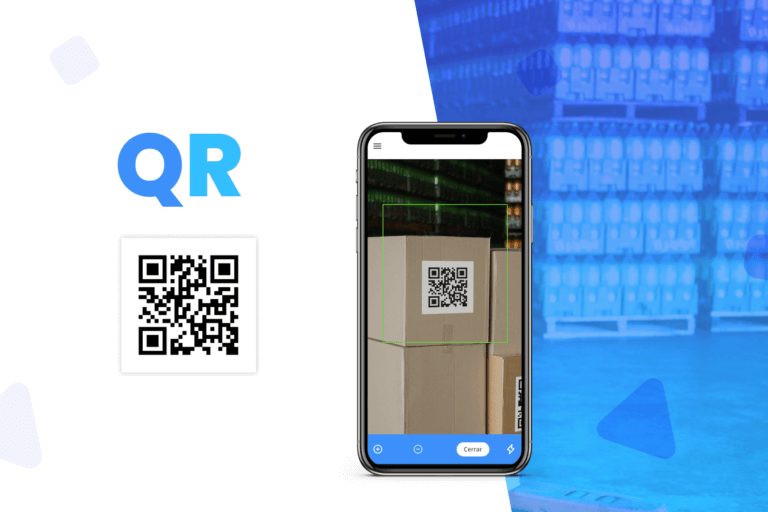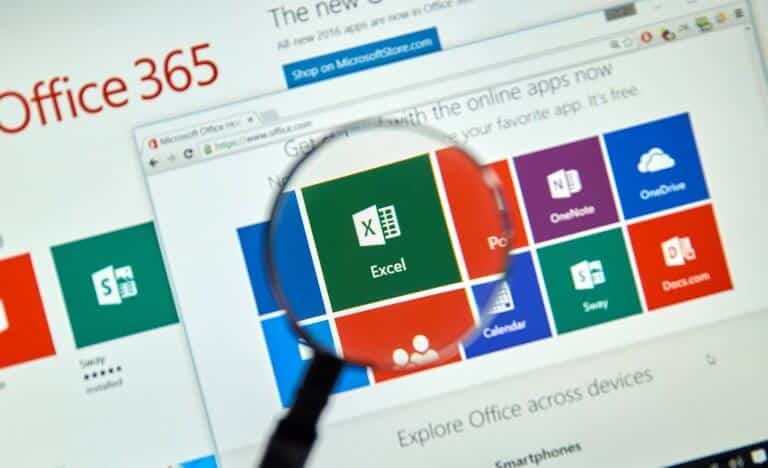Despite its long existence, this technological solution remains fully in force to optimize production, distribution and sale tasks, contributing, among other aspects, to improving the traceability of various transcendent processes such as, for example, the production of goods, services and food.
The need to meet the increasingly tight deadlines of the market, as well as to optimize production and its various associated processes, requires the use of specialized IT solutions. One of them is the traditional barcode, which for more than four decades has been a key part of business management.
Although its origins date back to 1949, its definitive massification only began in the 1980s, when its speed and convenience in controlling the production, transport, storage and sale chain became evident.
Today, they are essential and indispensable tools to carry out inventory tasks, as well as to distribute efficiently all the products that are marketed in the world market. In fact, their advantages also allow them to be used in various other tasks such as maintenance, asset control, and people management, in practically all sectors of the economy, including from large industry to retail.
What is a barcode?
Technically, a barcode is a grouping of parallel lines of different thickness, located at different distances from each other. Together, these lines contain specific information that, in most cases, corresponds to numbers.
Such a design allows a fast and accurate reading of this information by laser readers. This function is extremely useful for taking inventory and carrying out transactions of any kind, since it facilitates and speeds up the entire associated process.
In fact, when purchasing or selling a product, the barcode is the only way to obtain and validate aspects such as its price, production date, expiration date, batch number, place where it was produced, or by which points in the logistics chain has passed, for example.
What is its value for companies?
The key importance of barcodes is that they allow capture, automatically and without margin of error, all the information necessary to develop and manage, quickly and efficiently, an inventory system.
At the same time, the logistics chain has a more agile and better performance, since the personnel in charge can search, pack or collect any product thanks to the information contained in these codes. These, in turn, also facilitate the work of the carriers who transfer them to their different destinations.
Both aspects are essential to ensure the competitiveness of any company, in an increasingly demanding and accelerated market.
Characteristics and types
The GS1 Regulation (world organization that develops global standards for the identification of products and services) determines the coding of bar codes. This is based on the principle of non-ambiguity, which implies that each variant of each product must have a unique code.
In this way, the code applied to each product is the GTIN, and it is a unique, universal and unambiguous numbering.
The graphic representation of the GTIN code reflects in bars and spaces, or through two-dimensional codes.
Likewise, it is essential that the barcode is legible and is in a clear and visible place on the product, either on its direct surface, or on the container, packaging or label.
There are two types of barcodes, which respond to different criteria. The linear, or dimensional, and the two-dimensional.
In the first group are the following:
- UPC, the most used symbology in the USA.
- EAN, which corresponds to the European version of the UPC, and is used worldwide.
- Code 39
- Code 128
- Code 93
- Codabar
- Ponset
The two-dimensional code, meanwhile, not only contains the information of the article, but also a large amount of data. This allows it to be an excellent operational traceability tool (for maintenance or equipment replacement, for example). Furthermore, this same complexity makes them more secure and very difficult to sabotage or counterfeit.
The main types of two-dimensional code are as follows:
Pdf 417
It is a PDF (Portable Data File) with capacity for 1,800 alphanumeric and special characters. It has enough space to include, for example, a small report with graphics on the status of products, machinery or assets of a company, among other possibilities.
Mexicode
It was created by UPS Company, but today it is for public use. It is used to process information at high speed and its structure is based on 866 hexagons organized in a pseudo-random way. The information is stored in binary language, and allows encoding 100 characters in approximately two and a half centimeters.
Datamatrix
It has an alphanumeric capacity of 2,334 characters, and its most common applications are encoding postal addresses; labeling of hazardous waste for long-term storage and control; or storage of information on composition and prescription of drugs, among others.
Barcode benefits
Although barcodes emerged as a tool directly designed to facilitate the work of retail and retail chains, today they have spread to almost all sectors of the economy.
This is due to its large number of comparative advantages:
- Speed to label prices.
- Stock control in real time.
- Ease of calculating statistics that help to control or improve a company’s market positioning, as well as to change strategies more quickly and accurately.
- Possibility of issuing accurate purchase tickets, to offer a better post-sale service.
- Automation of registration and monitoring of products, services or assets under repair.
- Low error rates at all levels of operation.
This multiplicity of functions also allows barcodes to have many more applications than, a priori, we supposed.
For example, they can be used to control in real time (or very quickly) actions such as equipment repair or replacement processes, inventories, personnel movements, duration of days, employee attendance, quality management, access to facilities, and issuance and tracking of documents (such as purchase or work orders), among many other options.
They are also useful to track, with a high degree of precision, different activities such as the transport of goods and values, movements of books within a library, and the billing records of a business or company.
In addition, they help to identify the origin and destination of products, which very effectively favors their visibility throughout the entire manufacturing and supply chain.
This advantage, in turn, contributes to optimizing traceability and security processes in such vital areas as the food industry, for example. In these cases, they allow us to record and track the production and expiration dates of the products, helping to improve food safety.
They also help identify products and speed up times. In this way, they provide greater speed when it comes to labeling and facilitate the automation of their registration and monitoring.
Likewise, they favor sales to large chains, and significantly reduce the percentage of error in the dispatch of stocks.
Very diverse actions but which, as a whole, contribute to optimizing long-term planning and strategic decision-making for any company.







